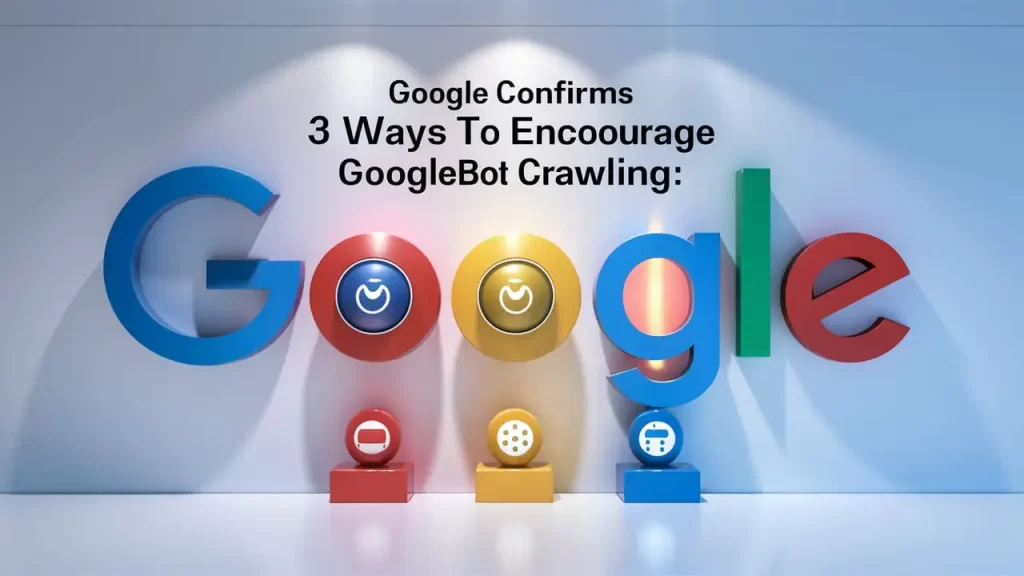
Discover how you can encourage Googlebot to visit your website more frequently by focusing on content quality, publishing activity, and maintaining consistent content standards.
In a recent discussion, Google’s Gary Illyes and Lizzi Sassman highlighted three key factors that can trigger an increase in Googlebot crawling. While the need for constant crawling is often overestimated, understanding these triggers can help you optimize your site’s visibility.
Table of Contents
High-Quality Content: The Core Trigger for Frequent Crawling
One of the most significant factors that can elevate Googlebot’s crawl frequency is the quality of your website’s content. As Gary Illyes explained, high-quality, helpful content that resonates with users is more likely to be crawled frequently by Googlebot
Gary Illyes at 4:42 minute mark:
“…generally if the content of a site is of high quality and it’s helpful and people like it in general, then Googlebot–well, Google–tends to crawl more from that site…”
However, what exactly defines “high quality” and “helpfulness” remains a bit of a mystery, as Google doesn’t disclose the specific signals it uses. That said, understanding your audience and providing content that meets their expectations is key.
Speculation and Best Practices:
- User Perception: Signals that suggest users find your site helpful can positively impact your rankings.
- Branded Searches: Patents suggest that branded searches may act as implied links, though this is still debated.
- User Interaction Signals: According to the Navboost patent, user interactions, rather than just click-through rates, may influence rankings.
Ready to get started? Take your business to the next level with The Ocean Marketing.
Achieving online growth is easy with The Ocean Marketing. Take the first step today.
Increased Publishing Activity: More Content, More Crawling
An increase in your site’s publishing activity can also trigger more frequent visits from Googlebot. While Gary mentioned this in the context of a hacked site (which would cause a sudden spike in published pages), the underlying message is clear: more frequent content updates can lead to increased crawling.
Gary Illyes at 6:00 minute mark:
“…but it can also mean that, I don’t know, the site was hacked. And then there’s a bunch of new URLs that Googlebot gets excited about, and then it goes out and then it’s crawling like crazy.”
So, whether you’re ramping up your publishing schedule or simply adding more value through regular updates, increased activity is likely to keep Googlebot engaged.
Refer to the below content for – https://www.searchenginejournal.com/3-ways-to-make-googlebot-crawl-more/524049/
Consistency of Content Quality: The Long-Term Strategy
Maintaining consistent content quality is crucial. A drop in content quality can lead to a decrease in Googlebot crawling, which may indicate a reevaluation of your site’s overall quality by Google’s algorithms.
Gary Illyes:
“…if we are not crawling much or we are gradually slowing down with crawling, that might be a sign of low-quality content or that we rethought the quality of the site.”
Consistency doesn’t just mean keeping up the quality—it’s also about ensuring that your content remains relevant and topical over time. Regular content audits can help you stay on top of these changes, ensuring that your site continues to meet the needs of users and search engines alike.
Actionable Steps to Improve Googlebot Relations
Based on the insights shared by Gary and Lizzi, here are three practical steps you can take to improve your site’s relationship with Googlebot:
Focus on High-Quality Content:
- Create content that addresses user needs and not just keywords.
- Prioritize topic-based strategies over keyword-based ones to align with Google’s evolving algorithm updates.
Increase Publishing Activity:
- Regularly publish new content to keep Googlebot engaged.
- Consider adopting a more vigorous content publishing strategy to maintain a steady flow of updates.
Maintain Consistent Content Quality:
- Regularly audit your content to ensure it remains relevant and aligned with user expectations.
- Address any low-quality content that may drag down the overall quality of your site.
For more details, listen to the full discussion in the Google Search Off The Record Podcast starting at the 4-minute mark: https://www.youtube.com/watch?v=UTAo-mfM75o

Marcus D began his digital marketing career in 2009, specializing in SEO and online visibility. He has helped over 3,000 websites boost traffic and rankings through SEO, web design, content, and PPC strategies. At The Ocean Marketing, he continues to use his expertise to drive measurable growth for businesses.

